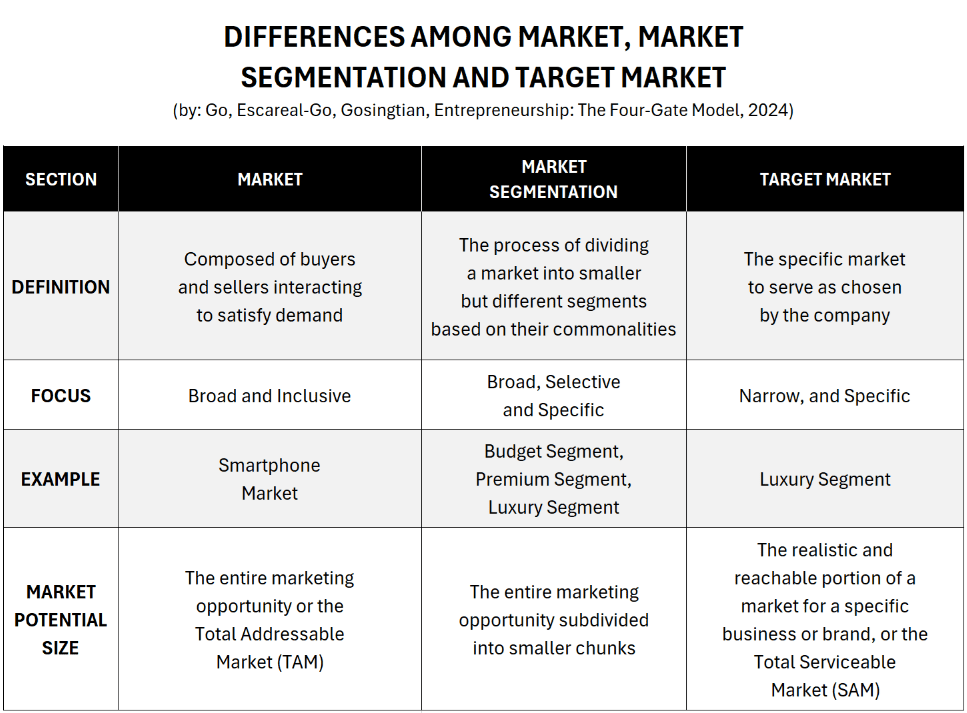
Zap began as a loyalty program operating as a merchant coalition model, allowing consumers to redeem rewards across various merchants. However, in 2015, a significant shift was necessary as the initial target market definition proved ineffective. Originally targeting end users, Zap faced resistance from merchants who felt the coalition undermined brand loyalty, as consumers redeemed points elsewhere. Responding to merchant feedback, Zap transitioned to a store-branded program, abandoning shared points to merchant-specific redemption.
Additionally, Zap restructured its pricing strategy after losing 80% of its merchants. Initially, merchants were charged for points distributed and a percentage transaction fee, irrespective of redemption. This model became financially burdensome for merchants. Transitioning to a fixed monthly fee for merchant-specific programs led to a surge in revenue. In fact, revenue in the first three months post-transition exceeded that of the initial three years. With aligned incentives, merchant engagement soared.
The Zap case underscores the significance of defining the target market accurately, as it directly impacts the value proposition and pricing strategy. An erroneous target market definition can detrimentally affect product/service offerings and financial sustainability. Here are some lessons about choosing the right potential market:
- Understand the perspectives and needs of all stakeholders, including both end-users and channels (merchants). What is good for the consumers may not be good for the channel. The merchants value brand loyalty and control over rewards redemption.
- Potential market is one where you can best satisfy their needs continuously, so a target market should offer mutual benefits and support the overall business strategy. Avoid buyer’s remorse.
- Correcting missteps is essential for business resilience and growth. Zap recognized the ineffectiveness of its initial target market strategy and promptly pivoted their business model to address merchant concerns. The promptness of their pivot enabled their revenue to soar.
What is a Market?
A market is about various buyers interacting with various sellers, collectively known as competitors, to satisfy demand.
Market segmentation is the act of dividing a market into smaller markets, each different from each other but each sharing commonality within. Market segments help the firm analyze the market needs better.
Target market is a homogenous group of people who are most likely to appreciate and benefit from what the business offers. Identifying the target market is the step following market segmentation, after which a positioning message is crafted.
For better clarity, the table below shows a quick comparison of market, market segmentation, and target market. Once the target market is chosen, a sales forecast can be determined based on the company’s efforts in reaching and serving that market.
Table: Differences Among Market, Market Segmentation and Target Market(by: Go, Escareal-Go, Gosingtian, Entrepreneurship: The Four-Gate Model, 2024)

The total addressable market (TAM) size is an estimate of the number of potential users assuming no constraints, multiplied by the average revenues. Demand is normally influenced by many factors, especially culture and lifestyles.
- In the past, traditional celebrations with lauriat meals in Chinese restaurants in the Philippines included the practice of placing a ream of cigarettes and hard drinks like whisky or brandy on each guest table. The menu often included expensive items such as shark fin soup, a kind of Veblen good where the higher the price, the more the demand. Also, releasing two doves was part of the wedding tradition to signify peace, love and loyalty.
- With more awareness on health and the implementation of government bans on public smoking, cigarettes have been removed from this tradition. Additionally, concerns about animal cruelty have led to the removal of the dove ritual from such events. Furthermore, due to evolving ethical and environmental concerns surrounding the barbaric practice of shark finning, many progressive hotels and restaurants have opted to remove shark fin from their menus altogether.
- As can be seen, culture and traditions can be fundamental aspects of societal practices, yet they are subject to influences such as laws, trends, complementary products, discretionary income, price, education – all of which shape consumer preferences and expectations. The evolution of these traditions in Chinese restaurants in the Philippines reflects broader societal shifts toward more health-conscious, environmentally-friendly, and socially-responsible practices. As businesses adapt to these changing dynamics, they not only respond to consumer demands but also contribute to shaping cultural norms and values. This demonstrates the intricate interplay between tradition, commerce, and societal values in shaping culinary practices and consumption, as well as consumer behavior.
To determine the sales forecast for a particular brand, determine the serviceable addressable market (SAM), which is the TAM multiplied by the penetration rate given the capabilities of the firm. When a business selects a specific market segment to focus its efforts on, that chosen segment essentially becomes the target market.
Criteria to Choose Target Market
There are four key criteria to shortlist and choose the target market. The acronym is easy to remember – FAST (Fit, Accessible, Scalable, Triumphal/Winnable).
- Fit – The value of the solution to the target market. The ‘fit’ either solves their current pain points or makes them want to avoid the pain points (or embrace the pleasure point) in the future by buying the offer. The target market’s needs can be actual (tangible) or latent (hidden).
- Accessible – It means your target market is reachable. They can be identified and quantified, and there are ways to connect with them. Consider your sales model when you start identifying your target market. Hence, you need to start thinking preliminarily of your sales model the moment you narrow in on your target market.
- Scalable – It is about growing an attractive market. A scalable business model cannot happen if you don’t have a scalable target market. One way to have a scalable market is to do a ‘benefit segmentation’ that combines different market segments with common needs.
- Triumphal – It is about winning in the marketplace and winning against competitors and substitutes alike, and winning for profit sustainably as well. To win, identify a market where there is a reasonable time to close a sale, even better if the market has the urgency to buy, and they are willing to pay your price and pay promptly. They can ensure both your profitability and cash flow.
Do note the context of scalability. Depending on your resources, it is possible to start in a much smaller but winnable beachhead market before entering the market you are targeting.
Revenue or Profit
Choosing a profitable target market is often wiser than going after high sales in a fiercely competitive space. Steer away from the “red ocean,” where everyone competes on price or promotions, but make low or no profit. It is a zero-sum game where nobody wins. So, avoid the following actions as much as possible unless you have the resources and can benefit from it the most:
- Enter a market that is a price or promo driven.
- Launch a price or promo war.
Give more weight to financial soundness, and value soundness which are essential ingredients for long-term success because you offer a different but legitimate customer value. Do not use good money to run after bad money.
***
Josiah Go is chair and chief innovation strategist of Mansmith and Fielders Inc. Josiah Go, Chiqui Escareal-Go and Calel Gosingtian are co-authors of the book Entrepreneurship: The Four-Gate Model, officially endorsed by Go Negosyo and JCi Manila, which will be launched on Oct. 11, 2024, 6pm at the mid-level east wing of Shangri-La Mall, Mandaluyong. It is open to the public but registration is required via https://bit.ly/4GateModel


